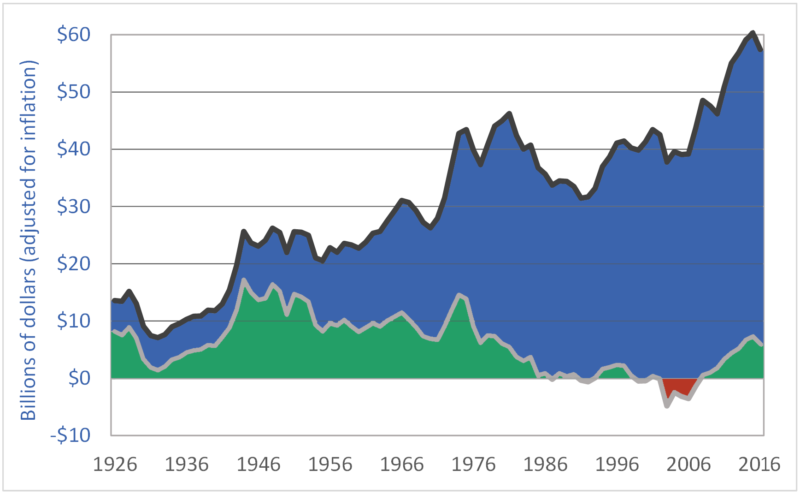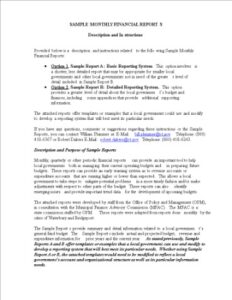24 Mar Blockchain in accounting practice and research: systematic literature review

A more fundamental area of future research is the role of financial intermediaries and how their role might change. In the future, we expect to see competition and cooperation among traditional and new intermediaries, and research needs to explore these phenomena to provide guidance to all participants such as incumbents, new entries and regulators (Cai, 2018). The influence of blockchain on risk management and companies’ performance indicators is another promising area for future research as there is a need to identify how stakeholders’ value creation may be affected by implementing blockchain (Cai, 2018). It would also be worth examining whether the response of managers towards blockchain varies in different industries (Cao et al., 2018).
2 Defining a set of articles for further analysis
Despite considering non-response bias, the study aimed to mitigate its impact by promoting clear communication, providing reminders, and emphasizing the significance of each respondent’s input. (2019), “NFTs in practice – non-fungible tokens as core component of a blockchain-based event ticketing application”, Paper presented at the 40th International Conference on Information Systems, ICIS 2019. If buying and selling cryptocurrencies was part of the ordinary business of an entity, then it would be possible to account for cryptocurrencies as inventory. 9 states, “Inventories shall be measured at the lower of cost and net realizable value,” and if a company is a broker-trader, then it can value cryptos at fair value less cost to sell (Procházka, 2018; Morozova et al., 2020).

Training agreement
We used a Latent Dirichlet Allocation (LDA) model, which is well-suited to providing a systematic and non-biased method of investigating a body of literature (Cai et al., 2019; El-Haj et al., 2019; Black et al., 2020; Bentley et al., 2018; Fligstein et al., 2017). El-Haj et al. (2019, p. 266) explain that LDA leads to “wider generalizability, greater objectivity, improved replicability, enhanced statistical power, and scope for identifying ‘hidden’ linguistic features”. Research shows LDA to be a relevant and useful tool for working with both big and small literature corpora (e.g. Li, 2010; Asmussen and Møller, 2019; El-Haj et al., 2019). Asmussen and Møller (2019, p. 16) highlight that applying LDA to even small sets of papers provides “greater reliability than competing exploratory review methods, as the code can be rerun on the same papers, which will provide identical results”.
Accounting and auditing with blockchain technology and artificial Intelligence: A literature review

The following subsections present the study’s hypotheses, illustrated in Fig. Based on the TAM, this research hypothesized and tested a moderated model to explore the factors influencing the intention to adopt and integrate blockchain within accounting education. TAM is a widely recognized leading model for explaining behavioral intention as a solid foundation. The study utilized the key variables from TAM—perceived usefulness, perceived ease of use, attitude, and behavioral intention (Davis, 1989; Gado et al. 2022; Ullah et al. 2021; Al-Hattami, 2023; Al-Hattami and Almaqtari, 2023; Al-Adwan et al. 2023). Qasim and Kharbat (2020) and Singh et al. (2023) examined blockchain usage in accounting and its potential impact on the profession.
Addressing blockchain technology with respect to accountancy (accounting and auditing) will eliminate misconceptions, answer questions and, most importantly, look for the true value that blockchain technology can bring to the accounting world. And going back to blockchain, things like smart contracts, that’s absolutely something where the profession needs to play a role with the SOC standard and give some level of trust that people’s smart contracts are written properly. When we look at different blockchain examples, and we brought up many times today the Walmart example, tracking food. And when you begin to watch produce and different industry verticals leveraging blockchain technology in production today, all those firms leverage participants in the accounting profession. There is no commonly shared point of view among researchers on the best way to regulate cryptoassets.
Continuing Professional Development (CPD)
This reduces risks for all parties who use blockchain technology for accounting purposes. It also saves businesses a lot of time from having to deal with fraud or trying to collect money from dishonest organizations. Although the middle man slows down transactions https://www.quick-bookkeeping.net/fixed-asset-turnover-ratio-formula-calculator/ and adds fees for their services, they’re not all bad. The middle man plays a large role in protecting both parties in the exchange of assets from fraud. This is done securely using a consensus protocol, or a set of rules based on mutual agreement.
Many studies have found a positive relationship between PEU and perceived usefulness (PU) in the context of technology adoption. For instance, Venkatesh and Davis (2000) discovered a positive correlation between PEU and PU in their study on IT adoption within organizations. Similarly, Fathema et al. (2015) and Ullah et al. (2021) found a strong connection between PEU and PU in their research on IT adoption in education. This suggests that individuals are more likely to find technology advantageous when they consider it user-friendly. (2018), “Auditing with smart contracts”, The International Journal of Digital Accounting Research, Vol. Van Hoek (2019) notes that a need for transparency and visibility motivates blockchain implementation and that the main barrier facing such an implementation is a lack of understanding of how to integrate and leverage blockchain investments.
- But it’s still such a new way of tracking information that we’re all still learning as we go, including our federal and local governments.
- The study acknowledges the potential for CMB and aims to minimize it by meticulously designing the questionnaire and ensuring respondents’ anonymity.
- Similarly, Sciarelli et al. (2022) looked at the factors influencing blockchain adoption in companies, while Albayati et al. (2020) analyzed customer acceptance of cryptocurrency transactions via blockchain.
Deloitte celebrates its 175th anniversary in 2020, and audit has undergone multiple sea changes in those years. At each inflection point, it has re-established its vital role in building trust and confidence in the capital markets and in the investing public. Today, we are racing toward yet another inflection point that holds tremendous promise and potential for the future of audit. It’s clear that technology is changing the way organizations do business across all functions and industries. But there are particular pairings of tool and team that carry game-changing potential.
Last December, the Financial Accounting Standards Board issued a long-awaited accounting standards update to improve the accounting for and disclosure of certain cryptoassets. Limitations of current accounting practices allow forpayments to sometimes be made to fake suppliersor transferred how to calculate amortization to fake bank accounts. For example,a fraudster can pose as an organization’s supplierand send an invoice with its own account number tothe organization. Or it could hack the email systemof a supplier and use it to send invoices and bankdetails to the victim organizations.
Research in specific contexts has already demonstrated this moderating effect (Hassan et al. 2019). Shaikh et al. (2023) noted that using “moderators” enables researchers to uncover new and interesting relationships. Kshetri (2018) examined the use of blockchain in supply chain management, emphasizing the need to educate and train accounting professionals to effectively leverage blockchain technology in auditing and accounting. Other research has explored the factors affecting blockchain adoption in supply chain management (e.g., Tasnim et al. 2023; Mukherjee et al. 2023; Al-Swidi et al. 2024). Blockchain is a technology with enduring relevance and a significant impact on the accounting profession. As such, universities must start incorporating blockchain education into their curricula today (Smith, 2017).
Although these studies identified several influential factors, such as perceived usefulness and ease of use, they did not specifically focus on accounting education. Due to distributed ledger technology, blockchain technology eliminates the need for entering accounting information into multiple databases and potentially removes the need for auditors to reconcile disparate ledgers. This could save substantial amounts of time and the risk of human error may be https://www.accountingcoaching.online/ considerably reduced. Broadly speaking, financial systems—especially accounting systems—are being pushed from the physical world to the digital world. To some, blockchain represents a “movement” rather than a technology and describes migration to blockchain technology as a form of risk mitigation to avoid technological obsolescence. To others, blockchain technology is essentially about reducing information risk and providing trust regarding accounting data.
The first articles began to appear in 2015 and, by 2019, 4 articles had increased to 40 papers, with 35 already published just in the first half of 2020. A successful career in Blockchain Accounting requires a blend of technical and soft skills. Proficiency in programming, Smart Contract Development, cryptography, and understanding Blockchain protocols is crucial. Equally important are problem-solving, analytical thinking, and effective communication. Blockchain Accounting demands a skilled workforce in technology, cryptography, and contracts.



No Comments